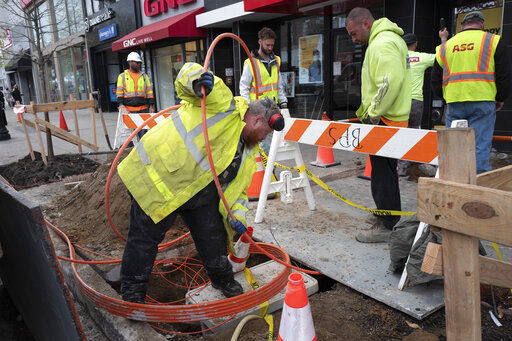WASHINGTON — Wages and benefits grew quickly for U.S. workers in the first three months of the year, a sign that businesses are starting to offer higher pay to fill newly opened jobs.
U.S. workers’ total compensation rose 0.9% in the January-March quarter, the largest gain in more than 13 years, the Labor Department said today. That’s up from 0.7% in the final three months of last year.
The solid gain comes after weaker increases during the pandemic, when the unemployment rate initially shot to nearly 15% before declining steadily to 6% in March. As a result, workers’ pay and benefits rose just 2.6% in the year ending in March, down from 2.8% a year earlier.
The data comes from the Labor Department’s Employment Cost Index, which measures pay changes for workers that keep their jobs. Unlike some other measures of Americans’ paychecks, it isn’t directly affected by mass layoffs such as the pandemic job losses that occurred last spring.
The figures suggest that as the economy rapidly reopens, businesses are providing higher pay and benefits to pull workers back into the job market. Many businesses have complained that they can’t find people to take jobs, despite still-high unemployment.
Some Americans are reluctant to take jobs in industries like restaurants, hotels and bars for fear of contracting the coronavirus. Others, particularly women, are constrained by child care obligations. And a generous federal supplement to unemployment benefits of $300 a week may also be keeping some unemployed on the sidelines. That benefit ends Sept. 6.


